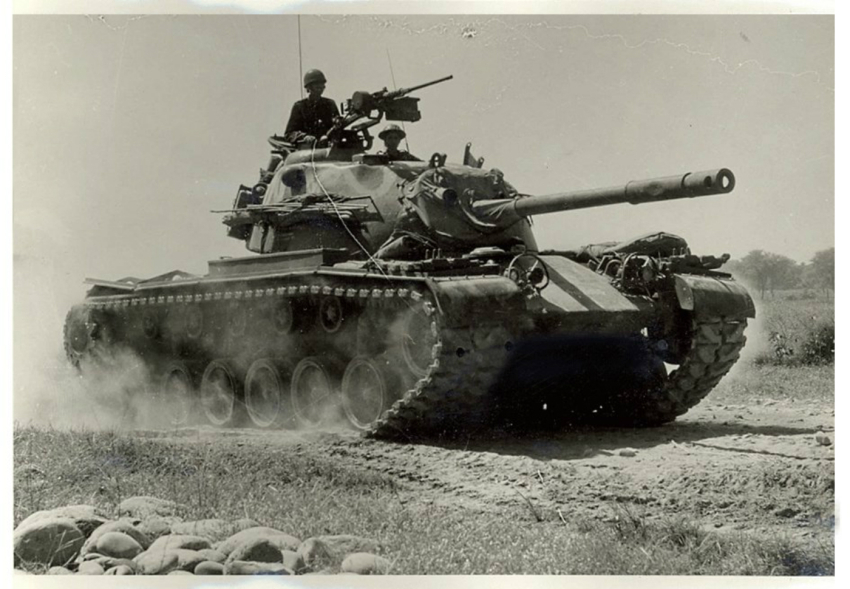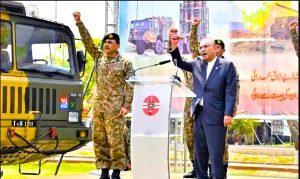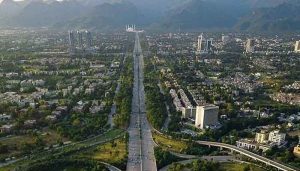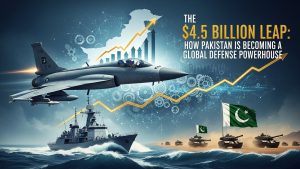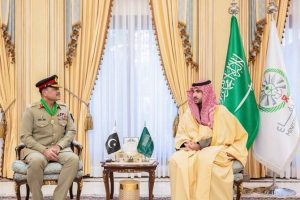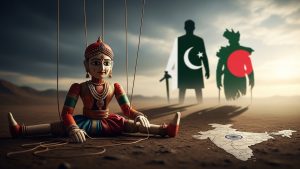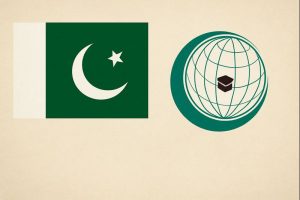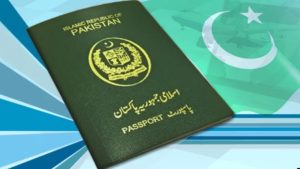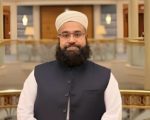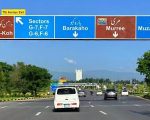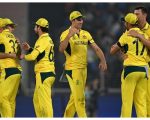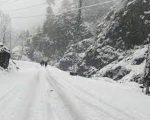Amid the escalated tensions between India and Pakistan, the warmongering and hostile statements from across the border are taking its physical shape as both countries take preparatory measures in case the war erupts.
Despite a well-known and admitted fact that it is India that is to suffer more if any war takes place between both the countries, the warmongering from the Indian side seems to have no limits.
The New York Times editorial wrote “India, which is considerably stronger and more successful than Pakistan, has the most to lose if another war erupts.”
Many Indian experts have also expressed that Indian governments have always been unable to build capabilities to bear the war with Pakistan.
Though much has already been written on the wars fought by both the countries, nobody can gainsay the fact that the 1965 war saw an unprecedented wave of unity and patriotism in the nation. Pakistan’s counter offense to the much larger Indian army was incredibly unbelievable and is often deemed as miraculous.
Related – Enough of the daydreaming Indians! Five reasons why India cannot scrap Indus Water Treaty
R.D. Pradhan and Harbakhsh Singh who participated in the war and were insiders to the real story, have written books based upon their first-hand knowledge which contrary to the claims of people like Modi, divulge a different and bitter truth.
Pradhan was a civilian working for Indian Defense Minister Y.B. Chavan and General Harbakhash Singh was commanding Indian troops on the front-lines.
In Chapter 8 titled “Of Cowardice and Panic” of his book “1965 War-The Inside Story”, R.D. Pradhan describes the cowardice of Maj. Gen. Niranjan Prasad, the Indian general commanding officer in Lahore sector. According to the book, Maj. Gen. Niranjan Prasad “ran away” when Pakistan Defence Forces counter-attacked the intruding Indian military and the general was fired upon on Sept 6, 1965.
Here’s an excerpt:
“On learning that, Lt. Gen. Harbakash Singh and the corps commander drove in a Jonga (Nissan P60 Jeep) to the battlefront. Army commander found that the enemy (PAF) air attack had created a havoc on G.T. Road. (Indian) Vehicles were burning and several vehicles of 15 Division abandoned on the road, the drivers having run away, leaving some of the engines still running. Maj. Gen. Niranjan Prasad was hiding in a recently irrigated sugar cane field. As described by Harabakash Singh: “He (Prasad) came out to receive us, with his boots covered with wet mud. He had no head cover, nor was he wearing any badges of his rank. He had stubble on his face, not having shaved.” Seeing him in such a stage, Harbakhash Singh asked him: “Whether he was the General Officer commanding a division or a coolie? Why had he removed badges of rank and not shaved? Niranjan Prasad had no answer.”
Pradhan in the Chapter 12 which is titled “Retreat to Beas” gives a detailed account of Indian COAS’s proposal for the Indian Army to retreat behind Beas in the face of Pakistan’s fierce counter-attacks after India’s attempted incursion in Lahore.
Pradhan argues that during the 1965 war with Pakistan, Indian COAS General Chowdhury feared that “a major battle the west of the Beas would end in the destruction of the Indian Army and thereafter allow the enemy (Pakistani) forces to push to the gates of Delhi without much resistance”.
In Line of Duty: A Soldier Remembers, according to Shekhar Gupta, the editor of Indian Express, Lt Gen Harbakhsh Singh reveals that not only “did Gen Chowdhury play a very small role in the entire campaign, he was so nervous as to be on the verge of losing half of Punjab to Pakistan, including the city of Amritsar. Harbakhsh describes, in clinical detail, how our own offensive in the Lahore sector had come unhinged. The general commanding the division on Ichchogil canal fled in panic, leaving his jeep, its wireless running and the briefcase containing sensitive documents that were then routinely read on Radio Pakistan during the war. Singh wanted to court martial him, Chowdhury let him get away with resignation”.
Shekhar Gupta tells that Harbkhash Singh narrated that a bigger and serious disaster hit the south where the other division had cracked up in assault as it encountered a bit of resistance.
Several infantry battalions, short on battle inoculation, deserted and Singh gives a hair-raising account – and confirmation of a long-debated rumor – that Chowdhury panicked so badly he ordered him to withdraw to a new defensive line behind the Beas, thereby conceding half of Punjab to Pakistan. Singh describes the conversation with Chowdhury at Ambala where he refused to carry out the order, asking his chief to either put it down in writing or visit the front and take charge of the battle.
Beyond the Indian insiders quoted above, here is how other several non-Pakistani journalists have covered the war:
Roy Meloni, a journalist of American Broadcasting Corporation summed up the events of the war on September 15, 1965 as follows,
“I have been journalist now for 20 years and want to go on record that I have never seen a more confident and victorious group of soldiers than those fighting for Pakistan, right now.”
The London Daily Mirror reported in 1965:
“There is a smell of death in the burning Pakistan sun. For it was here that India’s attacking forces came to a dead stop.
“During the night they threw in every reinforcement they could find. But wave after wave of attacks were repulsed by the Pakistanis”
“India”, said the London Daily Times, “is being soundly beaten by a nation which is outnumbered by four and a half to one in population and three to one in size of armed forces.”
Guardian’s journalist, Peter Preston, wrote on September 24, 1965 about the air strikes of Pakistan Air Force during the 1965 war,
“One thing I am convinced of is that Pakistan morally and even physically won the air battle against immense odds.”
An opinion was written by Donald Seaman for Daily Express (London) on September 24, 1965:
“Outnumbered three-to-one, they beat the Indians to a standstill, and were about to mount a counter attack in the last six hours before the ceasefire when they were stopped on political grounds.”
In Times reporter Louis Karrar wrote:
“Who can defeat a nation which knows to play hide and seek with death? Playing with fire to these men – from the Jawan to the General Officer Commanding – was like children playing with marbles in the streets. I asked the GOC, how is it that despite small number you are overpowering the Indians? He looked at me, smiled and said: If courage, bravery and patriotism was purchasable commodities, then India could have got them along with foreign aid.”
The Time Weekly published the following assertion on September 17, 1965 about the aerial warfare of Pakistan Air Force,
“In the air, it was much the same story – Indian quantity and Pakistan quality. In the short run, Pakistan’s small, highly trained army is more than a match for the Indians.”
USA – Aviation week – December 1968 issue:
“For the PAF, the 1965 war was as climatic as the Israeli victory over the Arabs in 1967. A further similarity was that Indian air power had an approximately 5:1 numerical superiority at the start of the conflict. Unlike the Middle East conflict, the Pakistani air victory was achieved to a large degree by air-to-air combat rather than on ground. But it was as absolute as that attained by Israel.
India was the first one to accept UN sponsored ceasefire (page 100 of RD Pradhan’s book) on Sept 21 followed by Pakistan on Sept 22, bringing the 1965 war to an end on Sept 22, 1965. As the ceasefire took effect, Indian Defense Y.B. Chavan wrote in his diary as follows:
“The ball is now in the political court again–where it should be–and not in the military one. I hope we have the vision and courage to (our) political leadership.”

